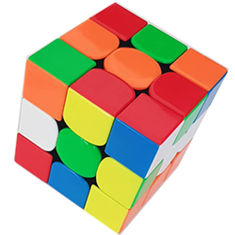We regularly used to convert legacy drawings from PDF, and scanned raster formats, back into vector DWGS.
Legally of course, they were the clients old drawings and their intelectual property.
Some could be done easily with software, (Wiseimage for Autocad, PDF Fly, etc.).
Sometimes you would need to use one and then the other to get to the Dwg. (eg. Convert PDF to raster, convert raster to dwg, clean up).
Other files took more work and maybe some redrawing.
As said by the others you can always copy something, it just depends how much work you are prepared to put into doing it.
If you dont want your design 'stolen' by a client then you could agree/contract from the start that the design will become their property once they have paid your fee. (A higher fee of course).
That still won't stop the unscrupulous if they don't want to pay.

